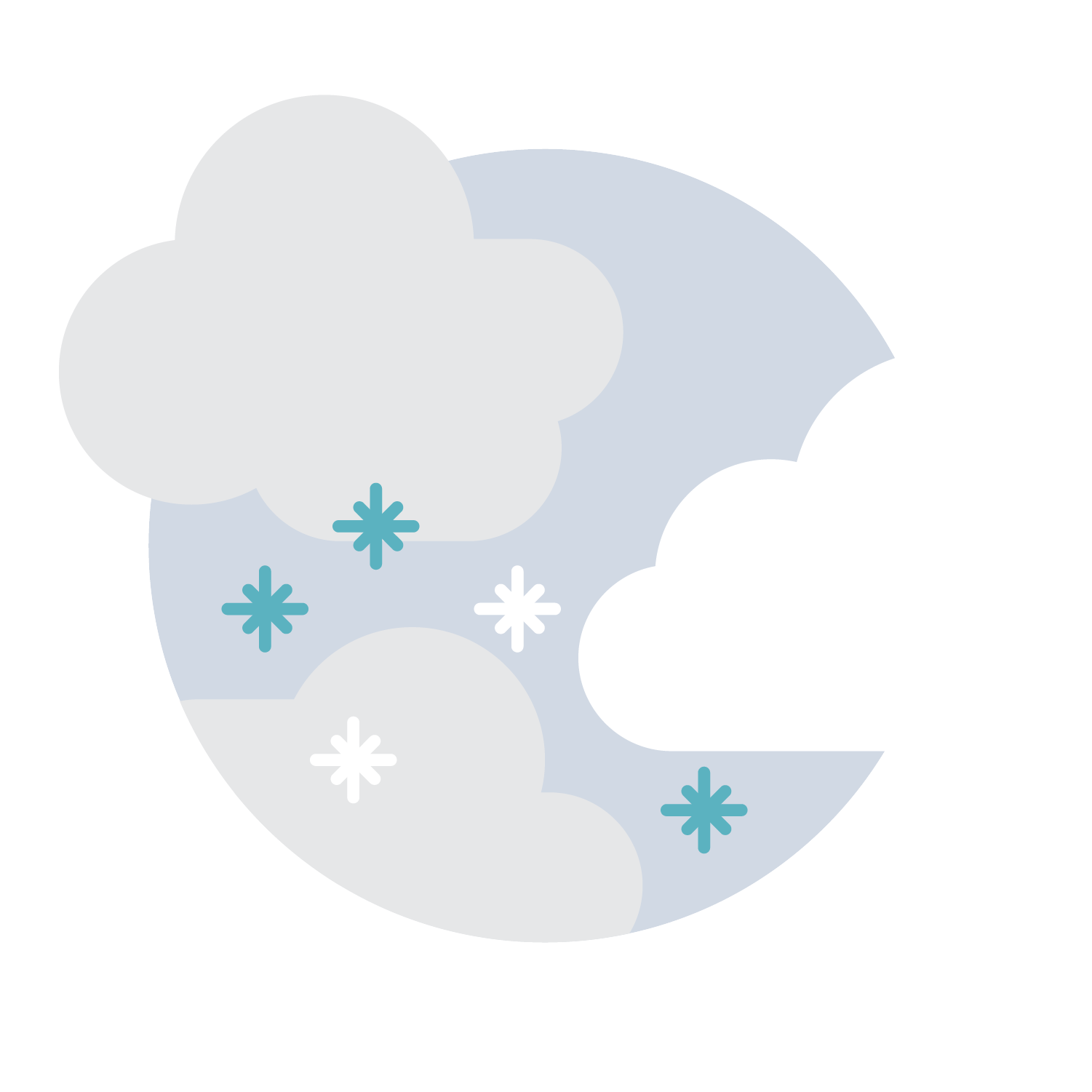
Welcome to winter in the Rocky Mountains! You have fallen into the headwaters region of the Bow River, and here you will remain until the weather starts to warm up and you and the other snow flakes begin to melt.
As you can imagine, the amount of water in the Bow River changes a lot through the course of the year, with the highest levels reached during the spring and summer melt. Snow in the mountainsFun FactThe Rocky Mountain headwaters are like water towers, storing water over winter and then releasing it as the temperatures rise later in the year1. is a very important source of water for the Bow River and for the plants, animals and human activities that follow downstream. In fact, 80% of the water that flows in the Bow River starts out as snow1.


You’ll be happy to know that in the headwaters region where you landed, water quality is excellent with no significant contamination or minerals present. This is because when snow forms, it is generally quite clean. It can, however, pick up contaminantsDefinition: contaminantA substance that, in a sufficient concentration, will cause adverse effects to water, land, fish, or other things potentially rendering it unusable. from the air as it falls1.
Snow that falls in areas that stay cold year-round can remain frozen and then build up and compact into ice to form glaciers. As it melts, snow can also seep into the ground to become groundwater, or it can flow into streams and rivers.



